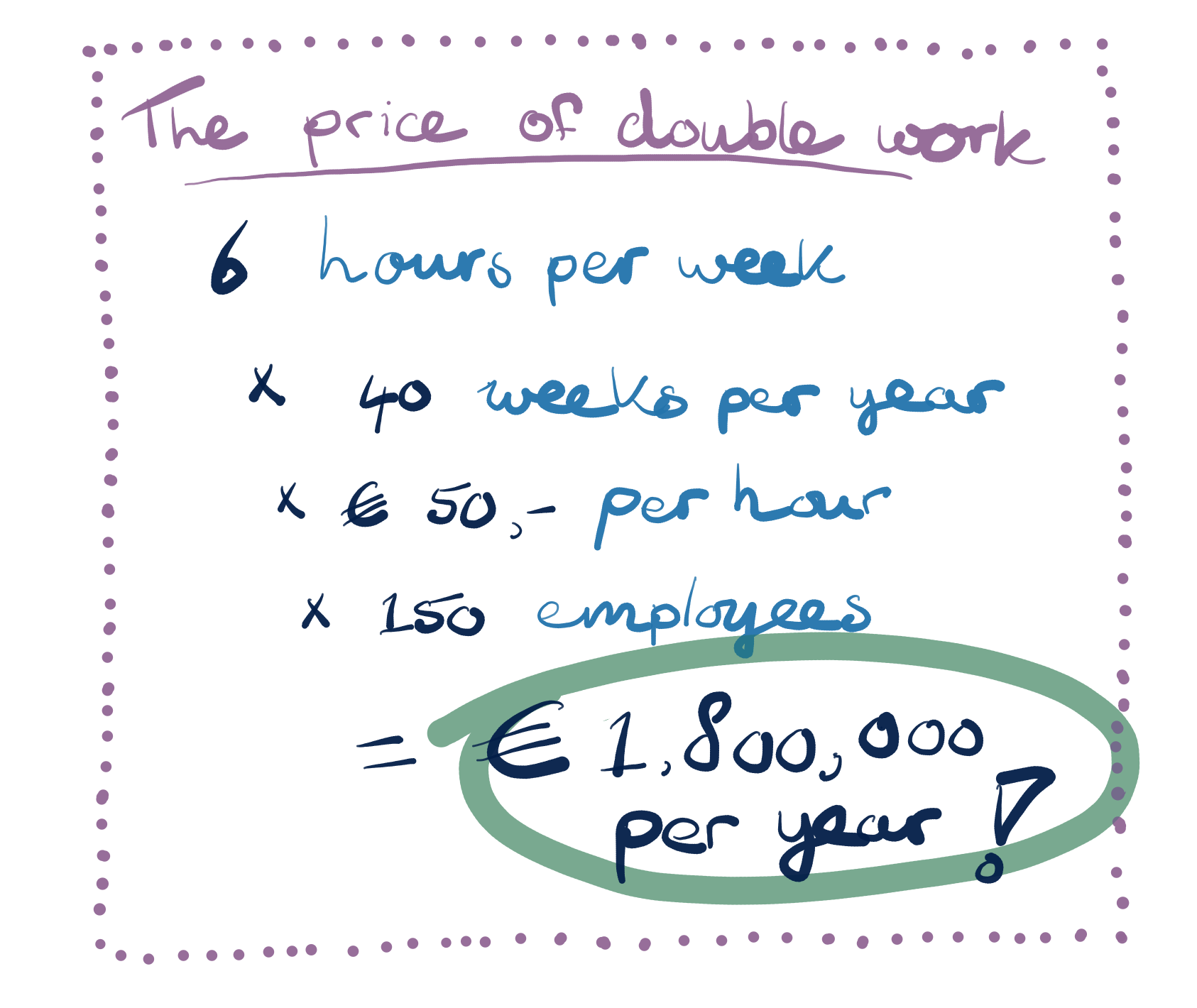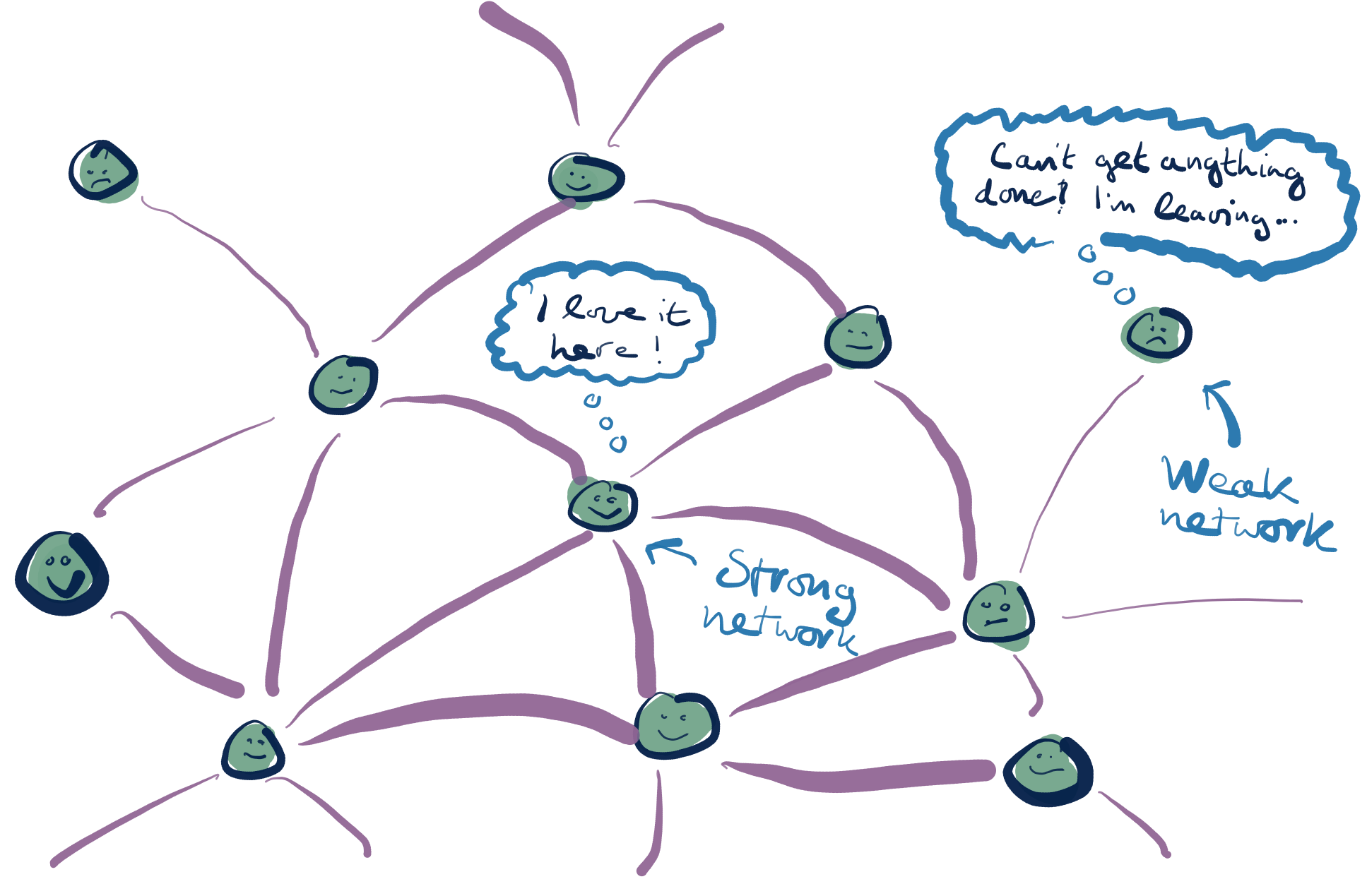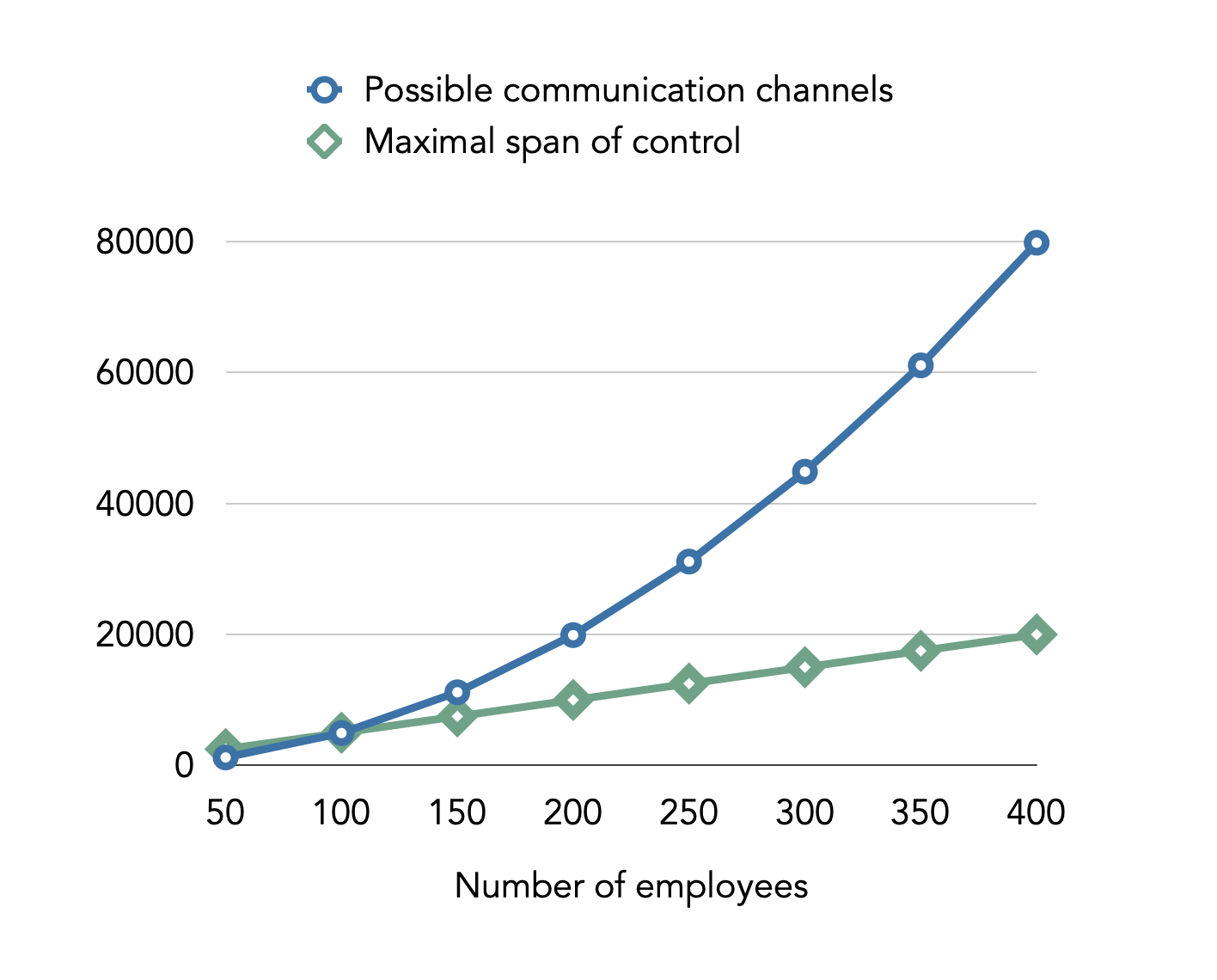Optimise your performance and drive success with XPNDR
It’s all about the network
Your internal network is crucial to the success of your organization. Through it, you to share knowledge and ideas quickly and efficiently, fostering collaboration and innovation. Without it, your organization would not be able to function.
No surprise then, that for centuries, companies have been working to improve their networks through various management techniques, organisational structures, and communication tools.
But with today’s almost unlimited computing power, data, and powerful AI’s, we now have the ability to do much more: we can look directly at your network and truly unlock that potential. XPNDR —the first tool of it’s kind— will help you do this.
Curious how? Keep on reading to see how XPNDR can help with a wide range of network-related problems.
—IN A NUTSHELL—
USE CASES
Engaging people
A strong social network at the workplace is incredibly important for every employee. It improves wellbeing, productivity, and job satisfaction. XPNDR helps everybody strengthen theirs.
Creating new value
Offering multiple services or products to the same customer will often improve your profit margins significantly. XPNDR helps you create the collaborative environment your need to make this possible.
The value of diversity
There are no downsides to a diverse workplace, but there are a lot of upsides. Creating a diverse work environment, however, requires more than just balancing the numbers: you need to balance the network. XPNDR helps.
Aiding mergers & acquisitions
One of the biggest factors for the success of a merger is that employees manage to integrate into the new work environment. XPNDR helps you chart the best way to achieve this for every employee.
Early warning signs
Crises can often be averted if we identify the source early on. XPNDR uses AI to monitor the information flows within your organisation while maintaining everyone’s privacy and security.
Preventing double work
When we don’t share information effectively enough, we often wind up repeating work that has already been done elsewhere. XPNDR helps you share information optimally, to prevent this.
Guiding rapid growth
It’s a law of mathematics that when your organisation grows beyond a certain point, healthy communication structures start to become vitally important for your success. XPNDR helps you guide that growth.
And much more…
Once you start to see the power that your network contains, new improvements are always easy to find. Whether you’re looking for robust KPI’s, smart onboarding procedure’s, or satisfying outings and activities, XPNDR offers a solution to your need.
Want to talk about solutions that fit your situation?
—USE CASE #1—
Reducing effort duplication
Employees in large organisations can spend as much as 6 hours per week repeating work that colleagues have already done. Even for medium-sized organisation this can cost millions per year.
It does not have to be this way: in 70% of cases people do not realise that they are duplicating efforts, or they cannot reach the right colleagues to prevent this.
XPNDR helps by making clever introductions between colleagues. Our recommendation algorithm is designed to maximally increase the likelihood that employees know what their colleagues are working on, which in turn prevents duplicated efforts and reduces frustration.
—USE CASE #2—
Engaging people (even from home)
Employees with a strong social network within their organisation perform better in all aspects of work:
They experience better wellbeing
They’re more productive
They’re less likely to look for another job
They’re happier with their supervisors and employer
But helping your employees develop that network is not easy, especially for employees who work from home a lot: many managers views helping their team build a strong network as their biggest challenge at work.
XPNDR helps building the network, by giving employees and teams deep insights into their own network — their strengths and weaknesses — and offers personalised recommendations to improve the network. This gives everybody the tools to perform optimally at work.
—USE CASE #3—
Creating value from new collaborations
Collaborations between teams often lead to new sources of revenue, and hours worked in collaborations are often more profitable than the same effort spent on separate services.
The most successful collaborations arise when people with influence join forces with people with expertise.
XPNDR combines network indicators with our own matching algorithms to find the likeliest successful combinations at every level of your organisation.
—USE CASE #4—
Reaping benefits from diversity
Diversity is not only a moral good for organisations, it is also a valuable asset: more diverse organisations make fewer mistakes, are more creative, and often generate higher profits than their less diverse peers.
Having a statistically representative workforce is not enough to achieve this, however: your organisation should also be diverse at the level of communication flow: you cannot get the benefits from diversity if people do not experience it.
XPNDR uses network analysis to chart diversity within the organisation, and helps you improve it if necessary.
This organisation is statistically diverse (50% green — 50% orange) but the communication flows of the two teams are not diverse (80% — 20%). As a result, employees don’t experience diversity, even though it exists at the organisation level
—USE CASE #5—
Aiding mergers & acquisitions
The success of mergers and acquisitions depends largely on the integration phase, in which employees get to know their new work environment.
XPNDR helps organisations in this process with insights and recommendations for structuring their newly formed communication network during the integration phase. This helps employees and teams to become familiar in their new surroundings, and helps to quickly establish a shared company culture.
—USE CASE #6—
Listening for early warning signs
Before a problem becomes a crisis parts of the organisation are often already showing telltale signs, whether they are aware of it or not.
These signs manifests themselves as characteristic signals and patterns in communication behaviour. Hedge funds use AI to find these signals and profit off them by shorting stocks.
XPNDR uses the same data science tools to find these signs, but for the organisation’s benefit: this increases the probability that the crisis can be averted, or the damage minimised.
AI forecasting models in XPNDR determine whether collective behavioural indicators fall within a predicted range, and warn in case of a significant deviation
—USE CASE #7—
Guiding rapid growth
When your organisation starts to grow rapidly, the network structure has to grow alongside it. Flexibility has to make space for clearer chains of command. The problem is that many employees find this transition difficult: they feel like the identity of the organisation is getting lost.
XPNDR helps employees by giving them smart suggestions for new contacts within your growing organisation. This helps employees remain connected to your organisation as individuals, and helps you retain your company culture as you grow.
In smaller organisations everyone can get to know another. When organisations grow beyond a certain size, this is no longer possible: the number of communication channels grows much faster than the span of control
Outside factors
XPNDR gives you insights into the influence of external factors — such as the weather, holidays, major news facts and the economy — on the collective efficiency and behaviour of organisations.
WHAT ELSE CAN XPNDR DO?
Robust measurements
XPNDR helps you formulate KPI’s on the basis of network indicators. This yields objective measurements that are immune to perverse incentives, because the network effect prevents this.
Finding your way
XPNDR helps with rapid informal integration of new employees during their onboarding process, and with finding good matches for mentorships and buddy systems.
Internal balance
XPNDR can measure assortative mixing: are there unwanted sub-organisations (“clubs”), barriers for participation, or structural biases in employee treatment?
Outings & activities
XPNDR helps you form teams and groups for company outings and other social activities, that maximise the incentive to mix and meet with colleagues.
Bottlenecks & pressure
XPNDR helps locating bottlenecks and distributing communication pressure throughout the network with insights and concrete suggestions. That way, you prevent employees from getting overloaded, and distribute work loads evenly.

Curious to find out what XPNDR can do for your company?
Get in touch today!
Send an email to tim@xpndr.nl or use the form







